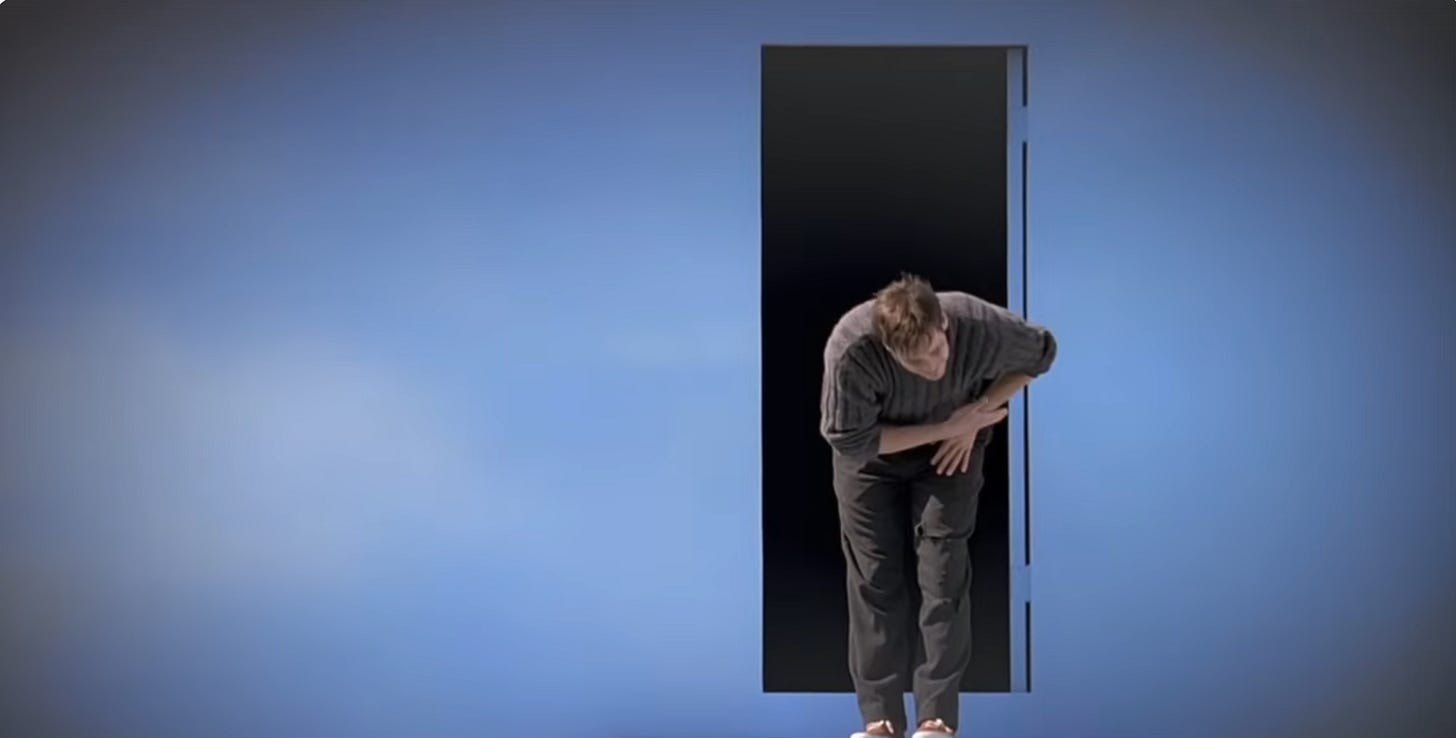Every part of my day job is me pandering to an audience I can’t see. I parse taglines and edit emails and captions all devoted to a specific demographic somewhere…out there. I can’t count how many meetings I sit through every week dissecting this person I’m trying to court. And yet I couldn’t tell you if they were real or not. All that matters is whether I’ll scare them away or if they’re engaging with our content and buying things.
The more effective marketing campaigns (to me) are the ones that click at the right time (after a lot of careful plotting and work). They don’t just sell you something, they ask you to buy into something else. Barbie felt too easy last summer — most people were familiar with it and Mattel has a world domination budget. But Brat covered everyone and everything in slime for more than a season. And no one has tired of it. Was the album great? Yes. Was that marketing something else? Yes.
Overnight success can be 10 years in the making. But it’s also mapped out and merchandised in a boardroom with a creative director or two.
Social media gave us a platform to share our thoughts with people we couldn’t see. And we built a following with it. Then we had to keep feeding it. Now people have to quantify their audience and reach on platforms like this one, in book proposals, pitch decks, marketing budgets and more PowerPoints. The whole operation has evolved from engagement — likes, retweets, comments, and shares. Today, one person’s target audience is another person’s income stream. You have to feed it, sustain it and then monetize it.
I talked to Isa Toledo and Hannah E. Johnson about the audiences we see and don’t and how they affect us. (These messages are on their way to you now.)
**








